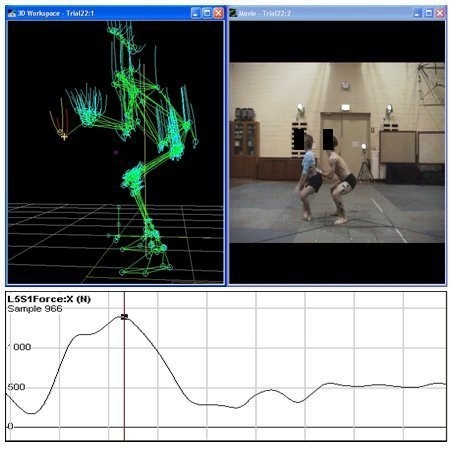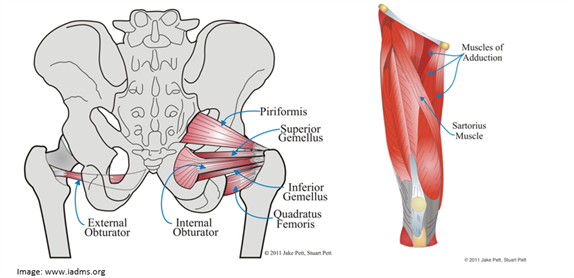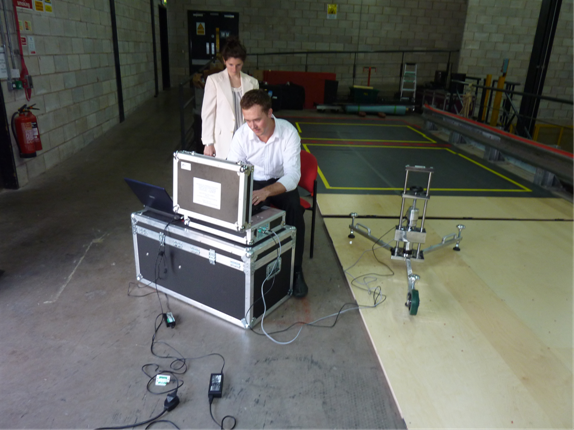Blog
Dancing with the pelvis: Alignment, deviations, and mobility
Authors: Clara Fischer Gam and Elsa Urmston on behalf of the IADMS Education Committee
In the latest post from the IADMS Education Committee we started a two-post discussion on pelvic structure and alignment. We looked at pelvic anatomy, motion and came up with ideas for putting these concepts into practice in class. This second post will focus on pelvic alignment and its relevance to movement execution in the studio.
Read ArticleThe Spine: The impact of head position
Author: Elsa Urmston on behalf of the IADMS Education Committee
This blog post from the IADMS Education Committee brings focus to the importance of spinal alignment and its role in aiding the efficient and effective mobilization of the body in dance. Specifically this week, we will look at the cervical spine and the all too common problem of the forward head posture.
Read ArticleWhat do ballet dancers, bar tenders and paramedics have in common?
Author: Luke Hopper, PhD
Lifting is an important technique across dance styles. With diverse modern choreography, lifting is an increasingly common technique not only for males but for female dancers as well. The act of lifting is often described as giving the partner grace and the impression weightlessness as they float through the air. But what about the lifter below? What about their technique? And more importantly what about their health?
Read ArticleTo torque or not to torque: The summative contributions of the knee, tibia and foot in the use of turn out
Author: Maggie Lorraine on behalf of the IADMS Education Committee
In a previous post we examined the structure of the pelvis and hip joint and observed how the anatomical variations of the structure can impact on an individual’s ability to externally rotate their legs in the hip socket (turnout). We know that in most cases, dancers do not possess perfect turnout or complete external rotation from the hip. Often turnout is viewed as the placement of the prescriptive positions of the feet on the floor, however it is important to remember that turnout is an aligned movement of the whole leg from the hip joint culminating in the centering of weight over the foot on the floor whilst dancing. Ergo turnout is an action not a static position.
Read ArticleApproaching turnout with young dancers: Muscles that rotate the leg
Author: Elsa Urmston on behalf of the IADMS Education Committee
All too often we see our young dancers forcing their turnout in an attempt to achieve the illusive 180 degree line of the feet whilst often compromising the neutral line of the spine and pelvis and putting the knees, ankles and feet at high risk of injury.
Read ArticleDancers have the answers when it comes to dance floors
Author: Luke Hopper
So you are starting a new school or planning a performance tour, you check out the venue, look at the floors and some red flags go up. All of a sudden you have a difficult decision to make. Is this floor sprung and going to be ok for my dancers? Here are a few tips from some recent research that can help you if you have experienced this common problem.
Read Article- IADMS 34th Annual Conference - Experience Point of View: Jennifer Milner
- IADMS 34th Annual Conference - Experience Point of View: Joanna Nicholas
- IADMS 34th Annual Conference - Experience Point of View: Erika Mayall
- Beginning ASL for Medical Students & Health Practitioners
- Relative Energy Deficiency in Dance





 BACK
BACK